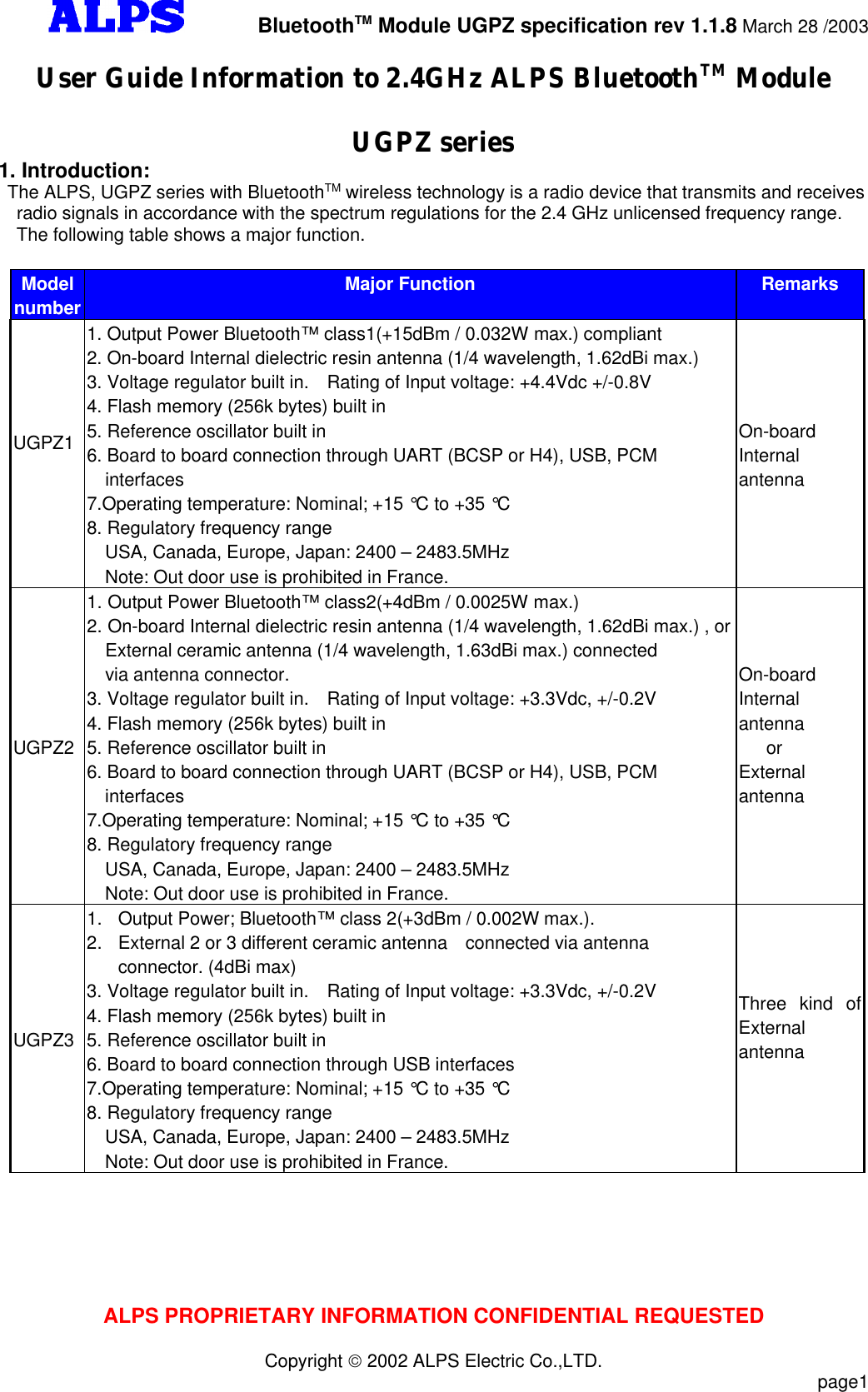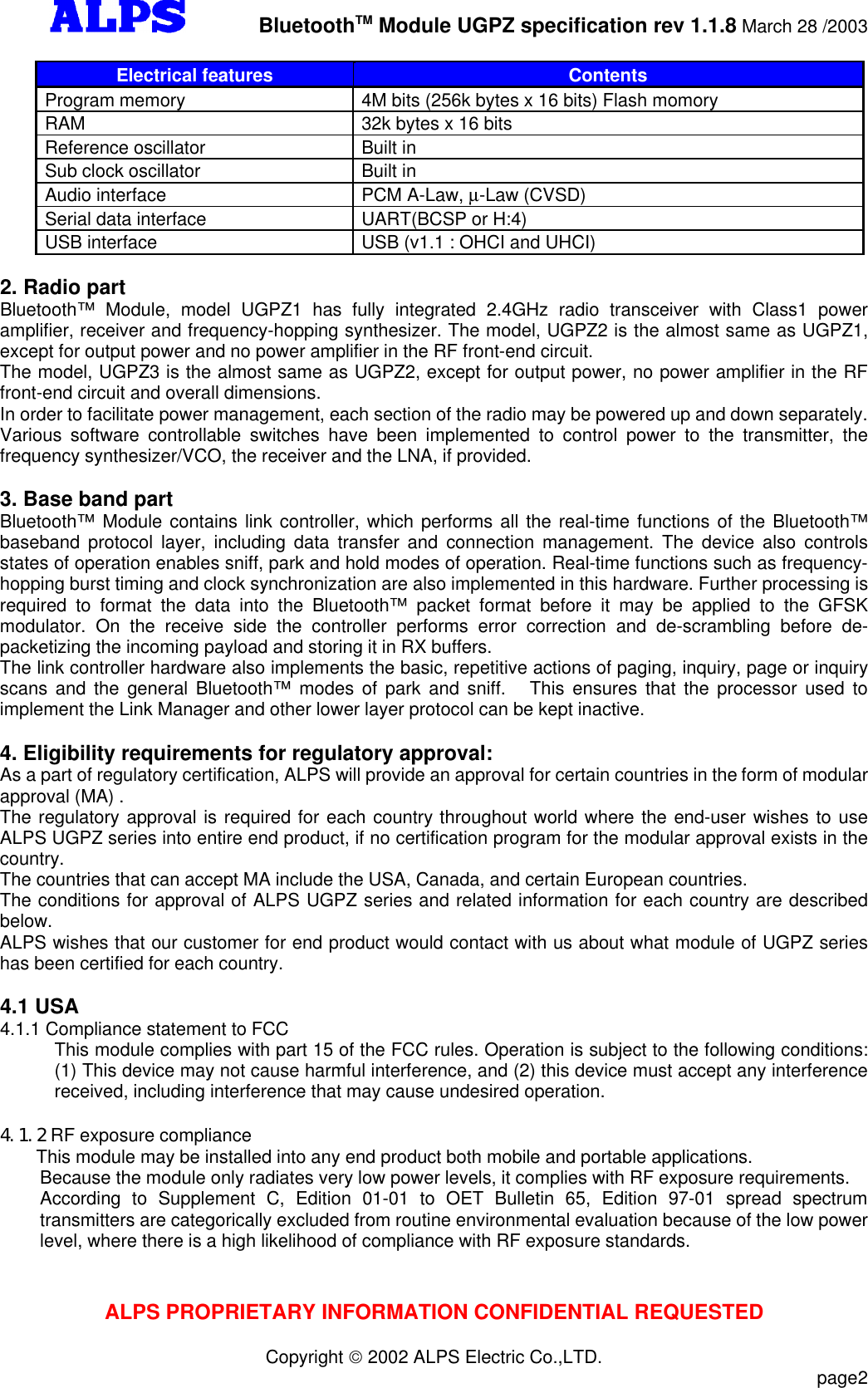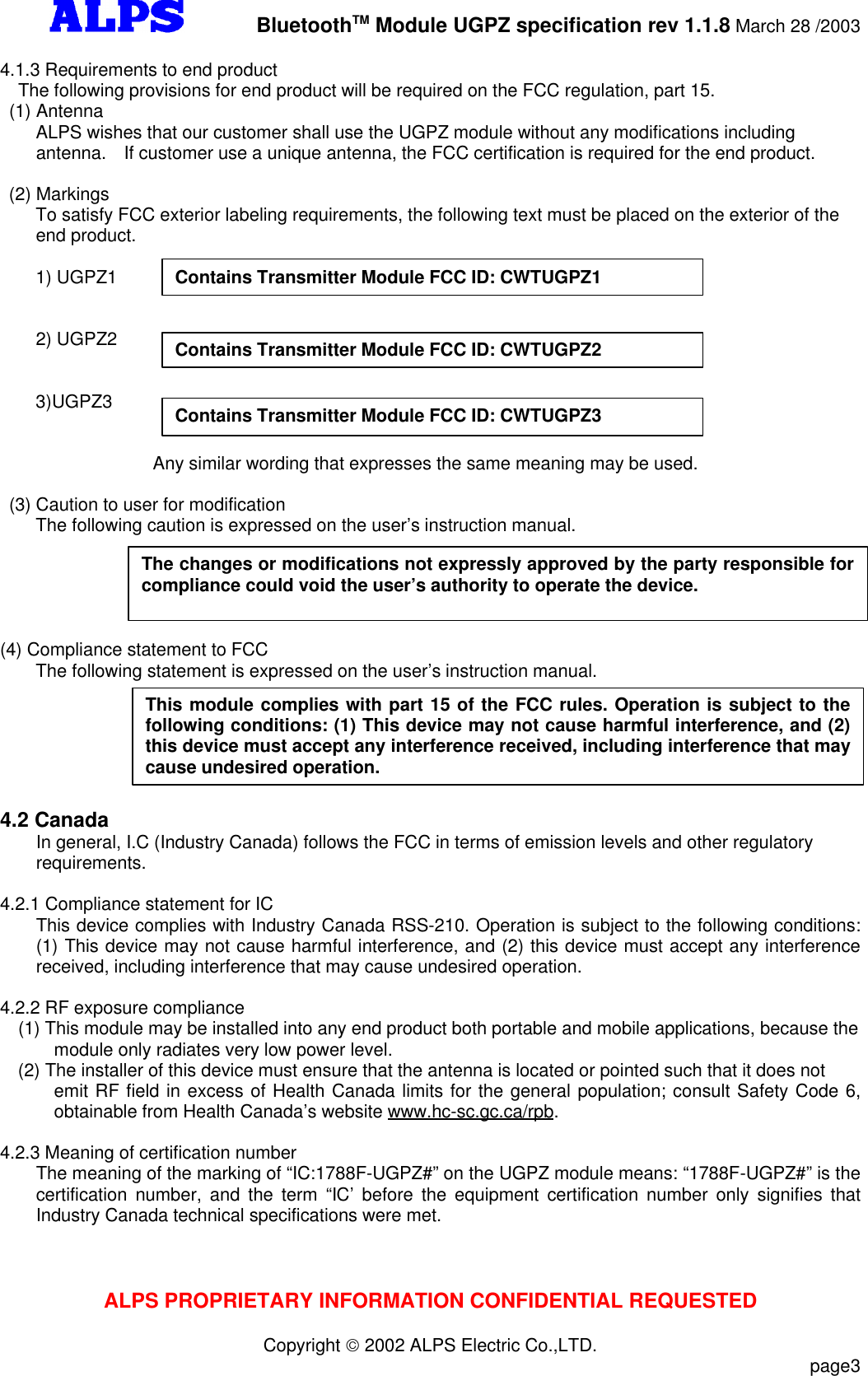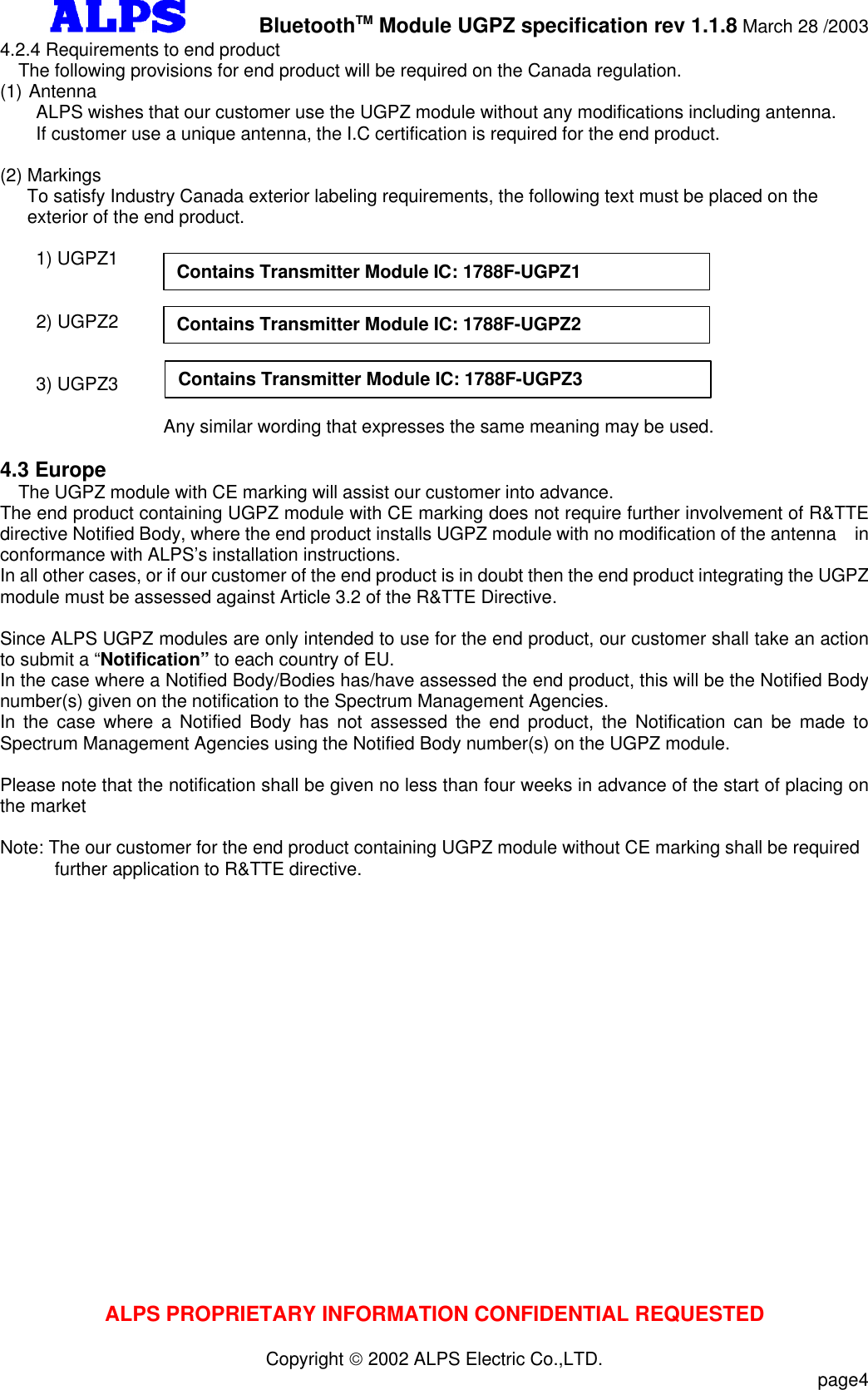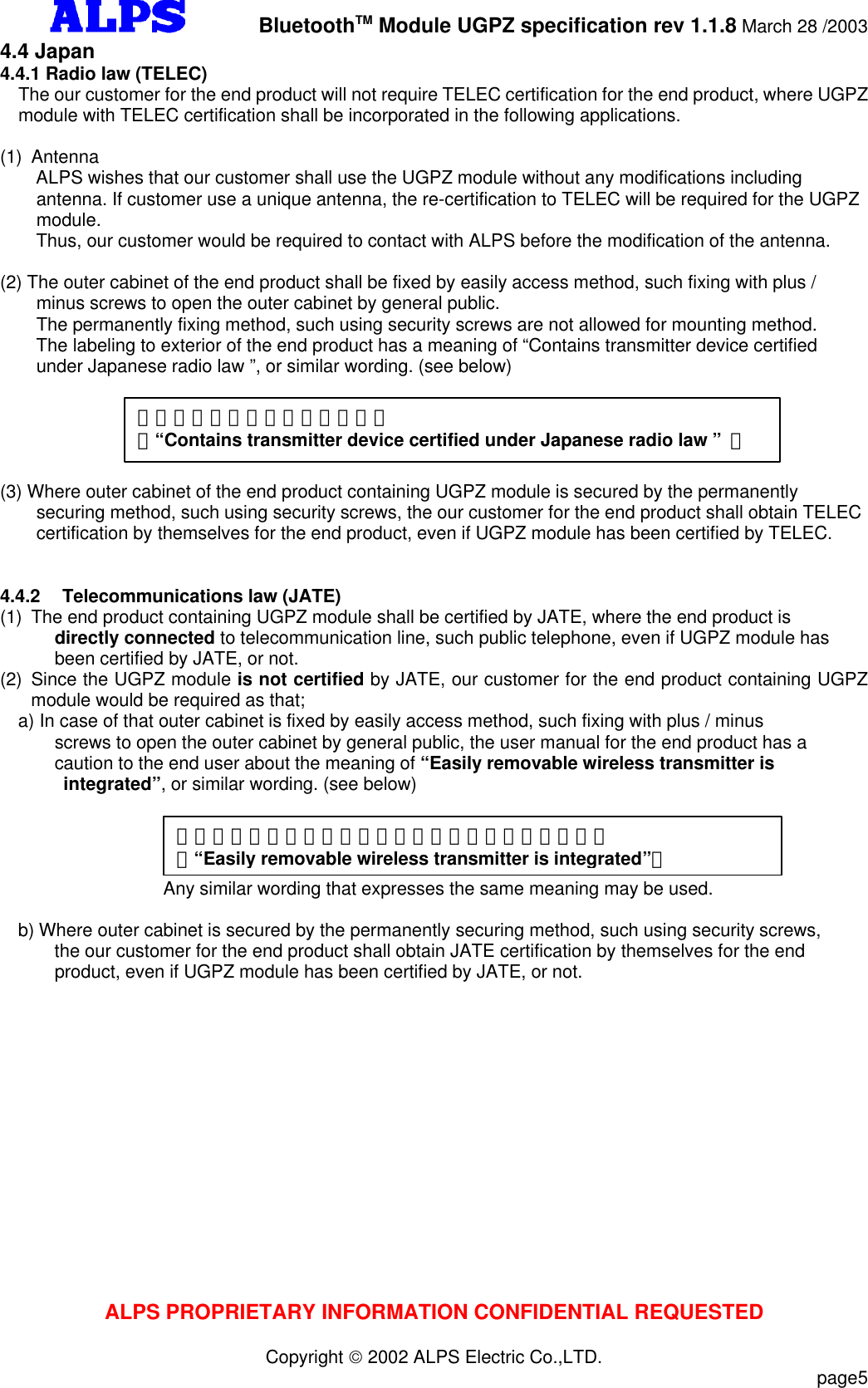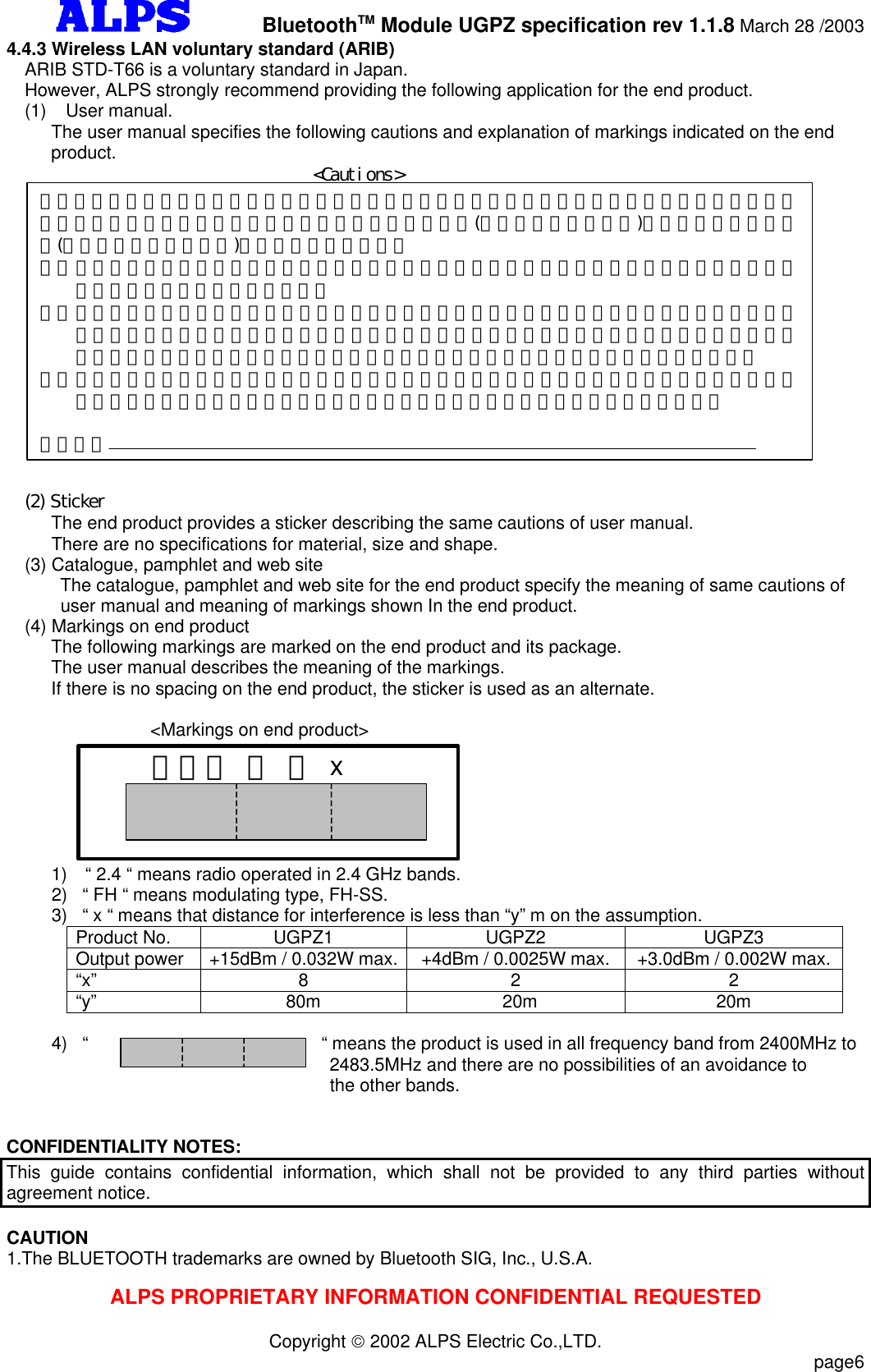Sony Group PCG6C1L Notebook Personal Computer with WLAN User Manual UGPZ3 USERmanualv1 1 8
Sony Corporation Notebook Personal Computer with WLAN UGPZ3 USERmanualv1 1 8
Contents
- 1. Manual
- 2. Supplemental BT module guide
- 3. WLAN manual
Supplemental BT module guide
